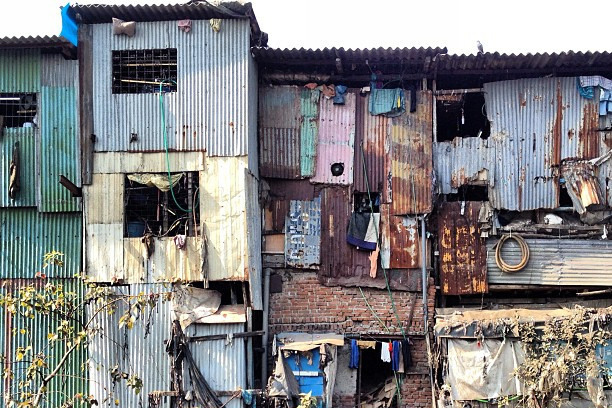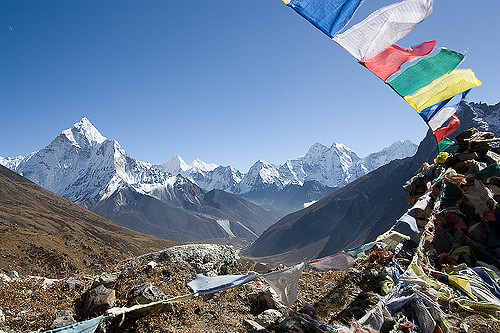The potential to make money can lead to controversial practices -- and tourism industries have the potential to make a lot of money: a report by the World Travel & Tourism Council stated that worldwide tourism contributed $7.6 trillion to the economy in 2014. It's well known that tourism can bring many positives to an area: money boosts the local economy, jobs are created, and visitors can learn and appreciate cultures different from their own. Just as easily though, tourism can bring about negative change. From environmental impacts to animal cruelty, corrupt governments to human safaris, there are numerous negative effects of various tourist attractions that have come under fire in recent years. Ethically speaking, traveling forces us to continually question our actions -- for example, is it "right" to travel to a country that is known for violating human rights?
Tour companies vary greatly when it comes to practices, and a higher price does not guarantee that a particular company is any more sustainable, reputable, or fair. As with any travel experience, prior research is the most effective way to ensure that your visit isn't contributing to or causing negative impacts on the local community. Here are the world's four most controversial tourism practices.
1. Slum Tourism
Photo credit: Thomas Galvez
Having first begun in Rio de Janeiro about 20 years ago, slum tourism is now available in a range of countries, including Brazil, India and South Africa. Films such as “Slumdog Millionaire” have raised the “curiosity” profile of slum areas, and as a result visits through informal settlements are booming. With most tours, guests are led through the settlements by an English-speaking guide, who explains the lifestyle of those drastically less fortunate.
It can be argued that slum tourism educates visitors on poverty, and can invoke deepened compassion and a willingness to help those in need. The issue, however, is that such tours are often run by for-profit tour companies, and the money paid towards the tour often will not see its way back to the community that would benefit from it the most. Additionally, tours through informal settlements have been described as imperialistic, with the locals put “on show” for the wealthy tourists.
If slum tourism is combined with local projects to inject money back to the community, it may bring about positive change. However, many people will never see the attraction of witnessing others’ poverty.
2. Climbing Everest
Photo credit: lampertron
Although climbing Mount Everest is an experience that many people wouldn’t dream of, guided treks up the world’s highest peak have provided big business for tour operators. In recent years, the ethics of climbing the mountain have been questioned again and again, particularly following the devastating earthquakes that hit Nepal in 2015, killing at least 22 people.
The controversy surrounding Everest is often focused on the treatment of the sherpas, who are frequently paid significantly less than their Western colleagues. Nepal is one of Asia’s poorest countries, yet the park fees charged by the government can amount into the millions each year. When disaster strikes, it is the sherpas who are usually hit the hardest, and compensation for families is minimal. There is also debate regarding the role of guides — at what point are they no longer responsible for their clients?
Additionally, the litter left on the mountain has raised numerous environmental concerns. Rubbish, human waste, and more litter the mountainside, which prompted the Nepalese government to introduce a rule in 2014 that required each climber to bring eight kilograms of litter back to Base Camp. Even with enforced rules regarding litter control, tourists are still advised to carry out extensive research on guiding companies to ensure they side with a reputable establishment.
3. Animal Experiences
Photo credit: xiquinhosilva
From the running of the bulls to riding elephants, animal exploitation of some degree is present in virtually every country in the world. Particularly in very poor nations, the treatment of animals can be distressing.
In many cases, animals have become attractions in themselves, particularly if they are perceived as exotic. An infamous animal experience is Thailand‘s Tiger Temple, which sees hundreds of visitors a day posing with captive tigers. Marketed as a sanctuary, the Temple is anything but, with inside investigations noting unregistered breeding (purely for profit) and animal abuse. Elephant riding has also come under fire in various locations.
Additionally, the conditions many animals are raised in prior to consumption can be heartbreaking, with suitable food and adequate veterinary care sadly lacking. In Spain, the running of the bulls receives ongoing condemnation, yet visitors continue to travel to the event. It appears that for many, experiencing a local tradition or meal justifies participation in an event involving animal cruelty.
4. Orphanage Volunteering
Photo credit: Neon Tommy
While any real help is appreciated, a week or two is hardly enough to bring about a noticeable change, although it is often long enough for the children to become attached to the tourist. It’s nearly inevitable that the children will experience emotional instability due to continual feelings of abandonment once their helpers return home. Even more worrying is the drastic increase in orphanages, which seems to rise with the number of tourists trends. A 2009 study in Siem Reap discovered that only 23 percent of children in orphanages had no living parents; of a population of 100,000, there are 35 orphanages. For poor families, sending a child to an orphanage can be a way of gaining income from wealthy westerners.
Supporting community-based initiatives that generate income or assist in training are far more valuable and sustainable. For those interested in voluntourism, research organizations thoroughly — and consider who will benefit most from your actions.
Related Links:
- 6 Volunteer Trips That Will Change Your Life in 2016
- 5 Warm Spring Break Destinations NOT on the Sand
- 10 Awesome European Destinations You Don’t Even Know About
All products are independently selected by our writers and editors. If you buy something through our links, Oyster may earn an affiliate commission.



